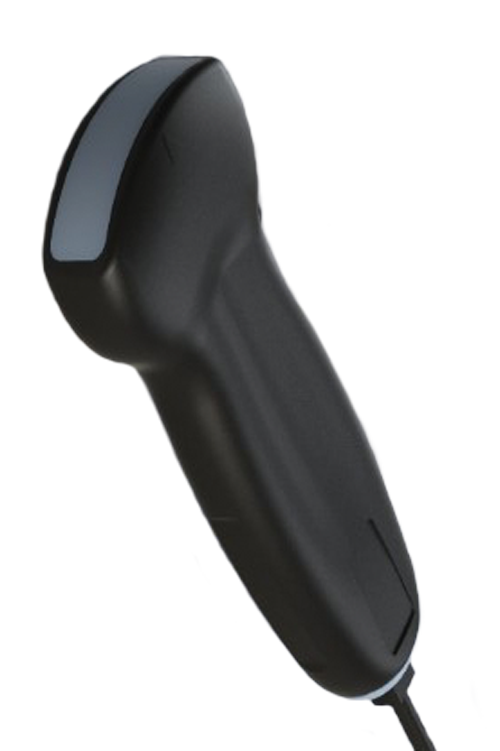Vaginal Mesh Detection & Surgical Planning
Transperineal, Translabial, and Endovaginal ultrasounds are useful in confirming the proper placement of surgical mesh and diagnosing any issues.
Vaginal Mesh Detection
Synthetic mid-urethral slings and implants are widely used for both urinary incontinence and prolapse. Applications for vaginal mesh for stress urinary incontinence have been a success worldwide. Applications are a popular and convenient option due to their relatively short operative time and in combination with their efficacy in treatment.
Overall, the use of imaging has increased in urogynecology. A primary imaging application is the assessment of synthetic implants. Most implants appear highly echogenic on ultrasound and are not visible using other imaging techniques such as MRI.
Transperineal, Translabial, and Endovaginal ultrasounds are useful in confirming the proper placement of surgical mesh and diagnosing possible erosion, contraction, and/or misplacement. Physical symptoms such as dysuria, pelvic pain, and dyspareunia can be elicited through patient history and physical examination but can be insufficient in determining a mesh-related issue. Ultrasound can rule mesh complications in or out so they can be managed in a timely manner.

Surgical Planning
The Catalyst Ultrasound System offers both Transvaginal and Transperineal/Translabial approaches for examining mesh. Our 3D Endovaginal probe allows for thorough examination and exacting of the location of synthetic material.
Cine/Video File
Record and playback a clip of the entire vaginal canal. Click frame by frame to identify the exact location of synthetic material while making surgical plans.
Measurement tool
Catalyst software has built-in measurement tools that measure the size and area of the mesh or any other area of concern in the vaginal canal.
Ultrasound Probes
Halo ultrasound probes are designed to identify anal fistula.










